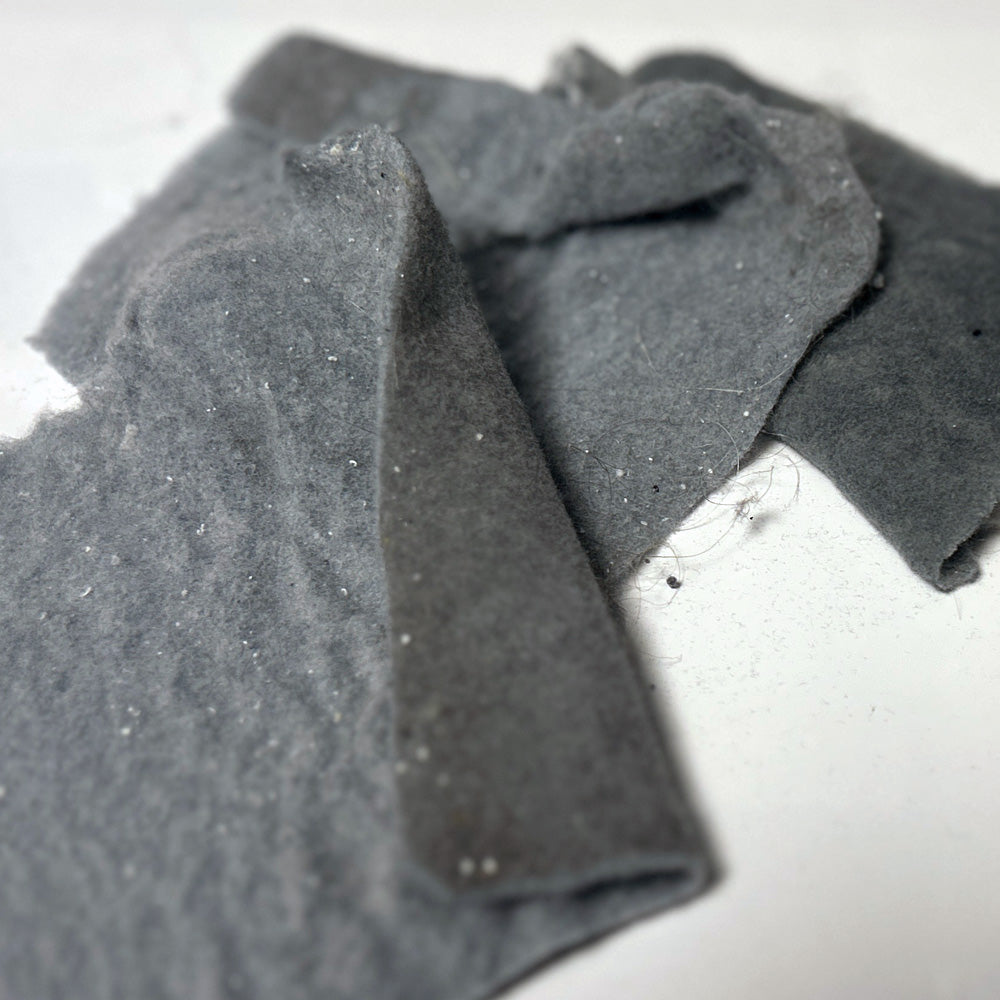
ENERGY USE
Hidden costs of using a clothes dryer.
Did you know that the United States is the second-largest global producer of carbon dioxide emissions? Residential energy use accounts for 20% of total emissions, and a surprising 8.3% comes from consumer laundry alone. By switching to simple, energy-efficient drying solutions like a clothes drying hanger rack, we can make a massive impact - reducing carbon emissions by the equivalent of removing 12% of U.S. passenger cars or shutting down 23 coal plants.

ENERGY USE
Fire Hazards & Safety Risks
Traditional dryers aren’t just costly and inefficient - they can be dangerous:
- 2,900 dryer fires occur in U.S. homes every year, causing 5 deaths, 100 injuries, and $35 million in property damage.
- Winter months pose a higher risk, with January seeing the most fires (11%).
- Neglected maintenance is the #1 cause - 34% of fires start due to failure to clean lint traps.
- Lint, dust, and clothing items are the most common ignition sources.
- Over half of all dryer fires remain confined to the dryer itself, but the damage can still be costly and hazardous.
Source: U.S. Fire Administration (usfa.fema.gov

COST EFFICIENCY
The true cost of drying clothes.
An electric clothes dryer consumes more electricity than any other household appliance, costing approximately 60 cents per hour to operate. Even gas dryers, while slightly more efficient, still burn natural gas or propane, increasing both costs and environmental impact.
The Smart Alternative: SECADORA Drying Hangers
By making the simple switch to a foldable drying hanger or a space-saving drying rack, you can:
- Lower energy bills and reduce your household’s carbon footprint.
- Eliminate fire hazards caused by lint buildup.
- Extend the life of your clothes by preserving their fit, form, and fabric quality.
Choose SECADORA.
Why risk damage, danger, and high costs? Choose a safe, efficient, and environmentally friendly way to dry your clothes.
Quick links
Search
Terms of service
Refund policy
Privacy Policy
Shipping Policy
Personal Info Opt-out
Contact us
About us
Share store details, promotions, or brand content with your customers.
